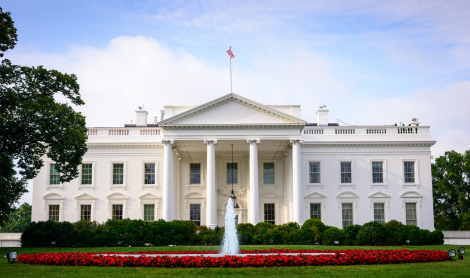As we begin our COVID-19 recovery efforts, families and communities are demanding innovative, community-centered, high-quality educational opportunities that meet the unprecedented challenges students are facing.
The charter school sector is at the forefront of meeting this need, and charter school authorizers are leading the way in ensuring innovative and responsive schools are held accountable to high academic and operational standards. And as we and many others have described multiple times previously, the federal Charter Schools Program (CSP) is a vital tool in supporting this effort. However, some of the recent proposed priorities for CSP threaten innovation and growth in the charter sector by attempting to duplicate work best done by local authorizers and de-prioritizing funding for schools that communities are rightly demanding.
In a recent article, analysis of CSP awards showed that some grantees have struggled to spend full award amounts. The grantees’ abilities to spend full CSP award amounts on time – all of which were awarded in or before 2020 – has been impacted by the COVID-19 pandemic. But despite these challenges, charter school enrollment and demand are higher than ever. And CSP funds are vital for not only growing the sector, but for helping it implement best practices in oversight, support, and community responsiveness. This is why NACSA has advocated for reforms to CSP, prioritizing and rethinking technical assistance awards and sector-wide improvement set-aside funds.
In another recent interview, a representative from the US Department of Education (USDOE) defended a slate of proposed priorities it had put forward for future CSP competitions, arguing, among other things, that they were necessary to address instances where schools receiving CSP funds either closed shortly after opening or failed to open altogether. It would be useful for the USDOE to make the data used in its analysis easily accessible. USDOE representatives cited data from a portion of CSP grants made between 2001 and 2020 – nearly 20 years – stating that roughly 15% of nearly 6,500 grant recipients closed their doors or failed to open. Access to this data would allow for an examination of trends in such closures, including widespread or localized this issue is and how rates may be changing over time.
Understanding changes over this 20 year period, especially the last few years, is critical given recent changes to CSP to address the very issue the USDOE is concerned about. In 2015 during the Obama Administration, the Every Student Succeeds Act (ESSA) made considerable changes to the CSP, including changes requiring performance-focused charter contracts, increasing the quality of granting-agency review, and making meaningful investments in improving the quality of charter school authorizing. These reforms were designed to increase the success rates of CSP grants and the schools that receive them. Without access to the data we can’t yet draw conclusions about their impacts, but there do appear to be some very preliminary data that these changes are positively impacting closure rates: the total average closure rate across the charter school sector is only 4%, and recent analyses shows first-year closure of CSP subgrantees lower that reported data.
It is never the intent of a charter school leader – or an authorizer — to stop plans to open a new school or to close a school shortly after opening. This often represents a loss of years of work by a dedicated educator as well as local, state, philanthropic and CSP resources, while disrupting the education of students. While disappointing and disruptive, closing a charter school early in its life can prevent current and future students and taxpayers from footing the bill for a substandard school. Moreover, innovation requires some level of risk. Not all new ideas, no matter how well thought out, will succeed. However, we will never discover the innovative schools our communities are demanding if we are not comfortable with an acceptable level of risk.
Recovering from the COVID-19 pandemic is going to be an extraordinary challenge, especially as we continue learning just how much students, their families, and communities lost. And the CSP can be improved to better meet this challenge — as we recommended in our comment letter on the proposed priorities – but the proposed priorities risk unnecessarily duplicating the work of authorizers – the oversight entities with the most charter school experience who are closest to these communities. Expanding access to quality schools – especially charter schools, which have a record of closing achievement and opportunity gaps especially in urban areas – should be one of the easier and important strategies we can all get behind in 2022.


